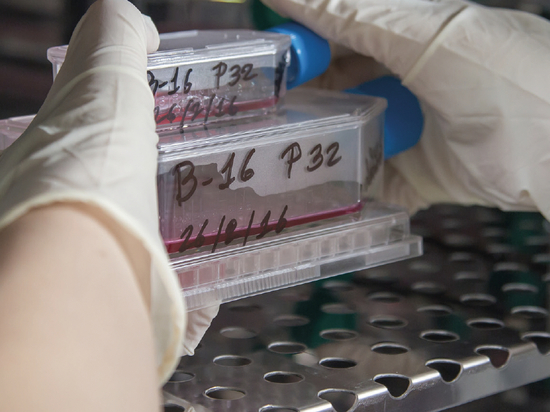
#Industry News
The Feasibility of Transporting Retinal Organoids and Scaffolds Using the Cellbox.
Determining | Gamm Lab, University of Wisconsin-Madison | Cellbox Solutions
The Gamm Lab utilizes stem cell technologies to investigate the cellular and molecular events during retinal differentiation and generate cells to develop advanced disease models. By understanding the behavior of these cell types, they hope to optimize strategies to delay or reverse the effects of blinding disorders such as retinitis pigmentosa and age-related macular degeneration.
"Truth-in-advertising for battery life,
and cell viability claims are sufficient
for cross-campus transport.
The Cellbox can be used to ship organoids
without significant changes to the
cell viability or performance."
THE PROJECT
Transporting organoids and biomaterial scaffolds can be very stressful to delicate retinal neurons and typically requires the use of special shipment media. Cryopreservation or transport at ambient temperature is often not possible due to the fragile nature of the cells and their extracellular matrix. For this reason, the Gamm Lab looked for alternatives to shipping delicate cell products and found the Cellbox.The purpose of this trial was to evaluate the Cellbox as a viable means of transporting the fragile retinal organoids and biomaterial scaffolds. This was done in two experiments - the initial testing of the empty device; checking the cell viability and usage feasibility pre- and post-transport. Using a controlled heating device that also provides CO2 allows for a safe transport of these cells under standard incubation conditions. Cellbox offers a solution to transport samples in a controlled environment with temperature and CO2 regulated during product maturation and maintenance phases. The Cellbox device was first tested to confirm the advertised running times. Once this was validated, organoids were packaged according to Cellbox recommendations and transported across campus to another building for imaging. Total organoid TdTomato fluorescence (an indicator of photoreceptor survival) and cell viability tests were performed before and after the transport, and the comparison yielded no significant differences in any of the samples after Cellbox transport.
- September, 2021






